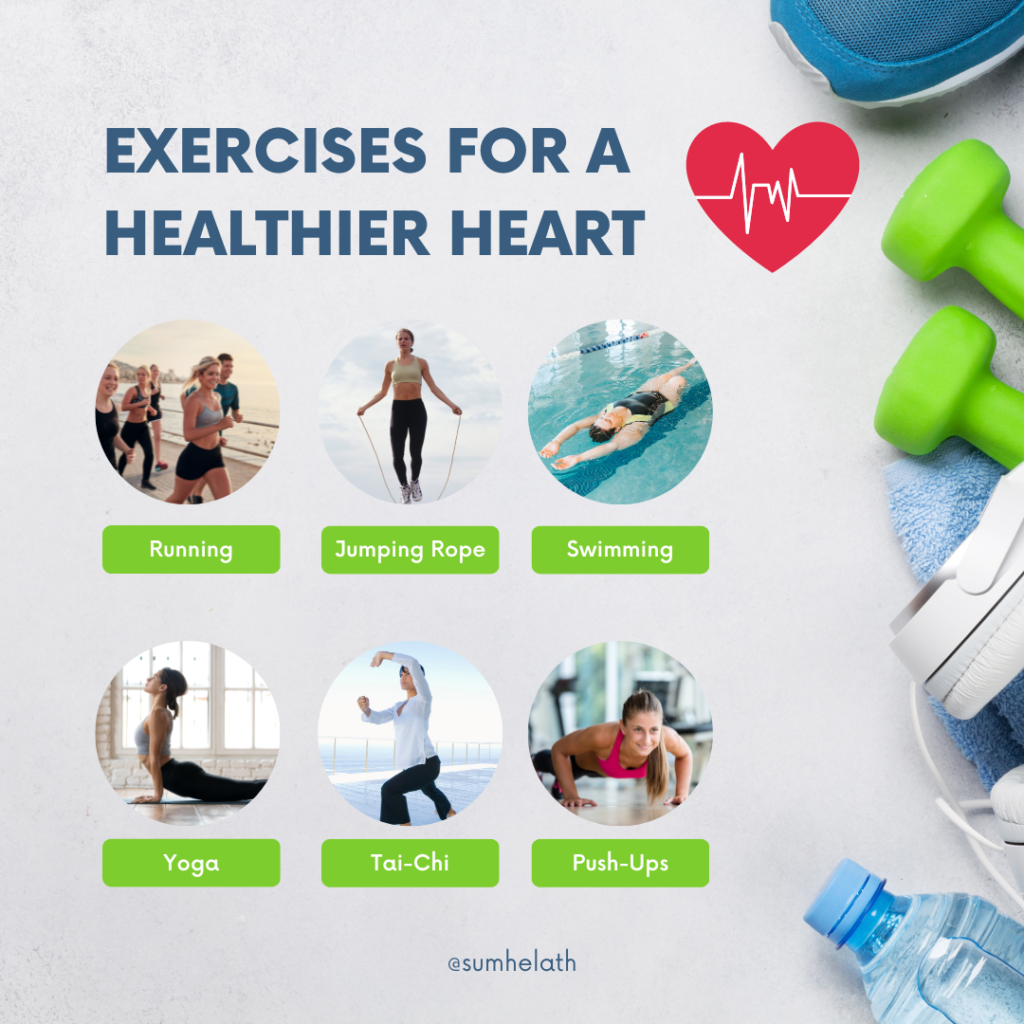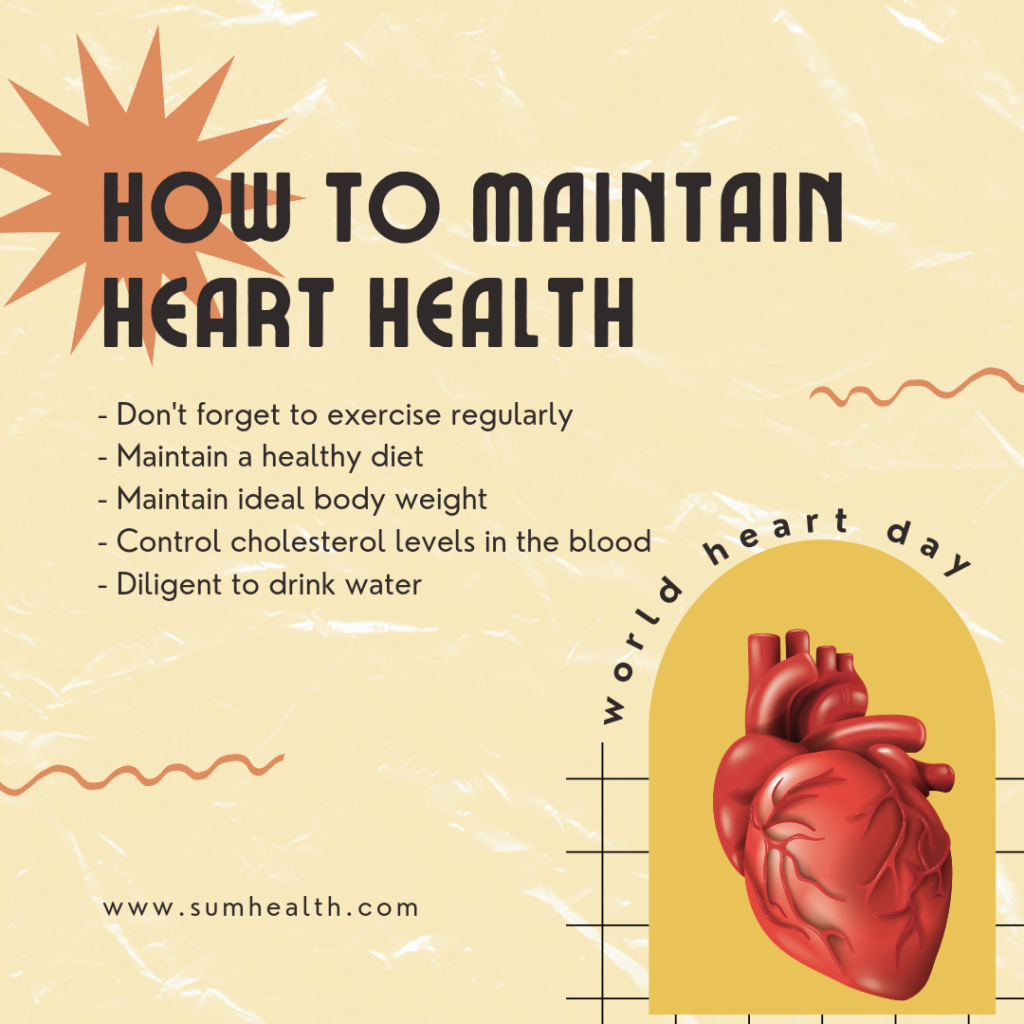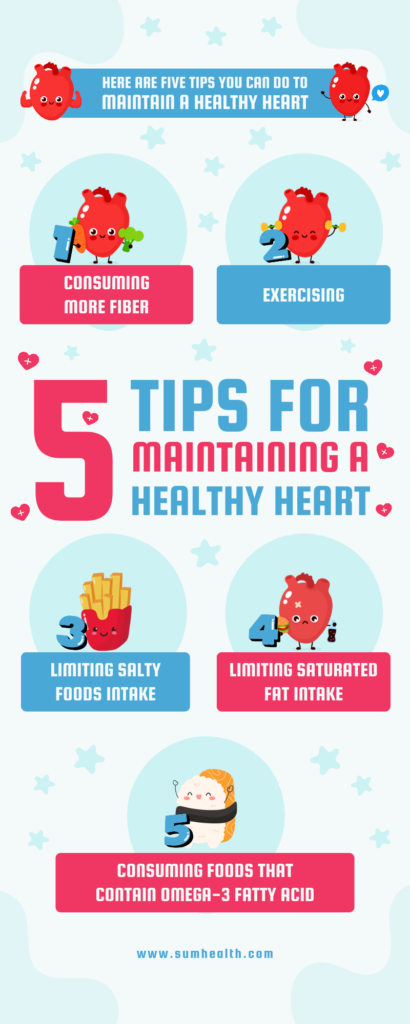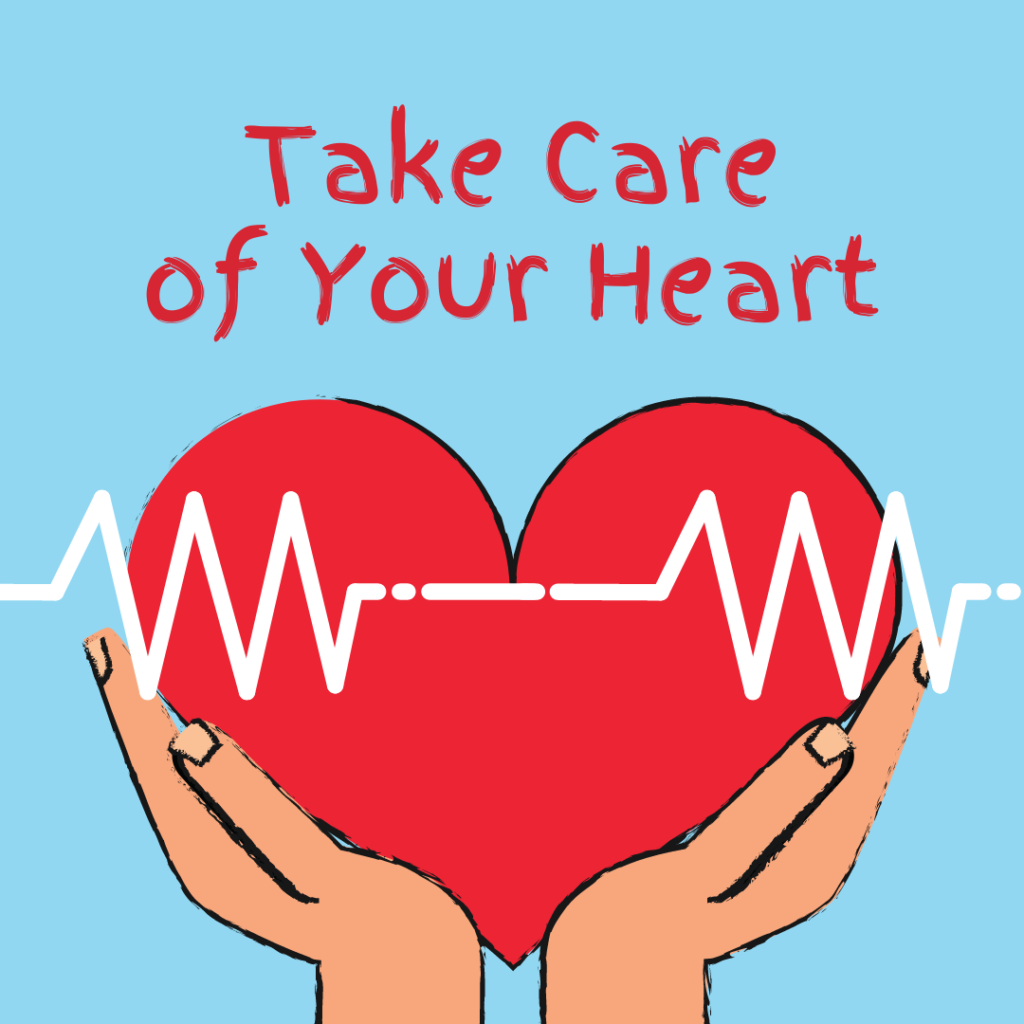Heart disease and stroke are two of the leading causes of death in the world, accounting for millions of deaths each year. Despite the prevalence of these diseases, many people remain unaware of the risks and warning signs associated with them. In this article, we will explore the basics of heart disease and stroke, their causes, symptoms, and prevention methods.

- What is Heart Disease?
Heart disease refers to a range of conditions that affect the heart, including coronary artery disease, heart failure, and arrhythmias. Coronary artery disease is the most common form of heart disease, which occurs when the arteries that supply blood to the heart become narrowed or blocked. This condition can lead to a heart attack, which occurs when blood flow to a part of the heart is blocked, leading to damage or death of heart muscle.

- What is Stroke?
A stroke occurs when blood flow to the brain is interrupted or reduced, leading to damage or death of brain cells. There are two main types of stroke: ischemic and hemorrhagic. Ischemic stroke is caused by a blockage or clot in a blood vessel that supplies blood to the brain. Hemorrhagic stroke is caused by bleeding in the brain, often as a result of a ruptured blood vessel.
https://sumhelath.com/wp-admin/post.php?post=634&action=edit
Causes of Heart Disease and Stroke
There are many factors that can contribute to the development of heart disease and stroke. Some of these include:
- High blood pressure
- High cholesterol levels
- Smoking
- Diabetes
- Obesity
- Physical inactivity
- Family history of heart disease or stroke
- Symptoms of Heart Disease and Stroke
The symptoms of heart disease and stroke can vary depending on the type and severity of the condition. Some common symptoms of heart disease include:
- Chest pain or discomfort
- Shortness of breath
- Fatigue
- Nausea
- Dizziness
The symptoms of stroke can include:
- Sudden numbness or weakness in the face, arm, or leg, especially on one side of the body
- Sudden confusion or trouble speaking or understanding speech
- Sudden trouble seeing in one or both eyes
- Sudden severe headache with no known cause
Prevention of Heart Disease and Stroke
Prevention is key when it comes to heart disease and stroke. Here are some steps you can take to reduce your risk:
- Eat a healthy diet that is low in saturated and trans fats, cholesterol, salt, and added sugars
- Get regular exercise, aiming for at least 150 minutes of moderate-intensity aerobic activity per week
- Maintain a healthy weight
- Don’t smoke, and avoid exposure to secondhand smoke
- Manage stress
- Get regular check-ups and screenings, including blood pressure and cholesterol checks

Conclusion
Heart disease and stroke are serious and potentially life-threatening conditions, but they can be prevented in many cases. By understanding the risks and symptoms associated with these diseases, and taking steps to reduce your risk, you can protect your heart and brain health for years to come. If you have concerns about your heart health or stroke risk, talk to your healthcare provider about ways to stay healthy and reduce your risk.

